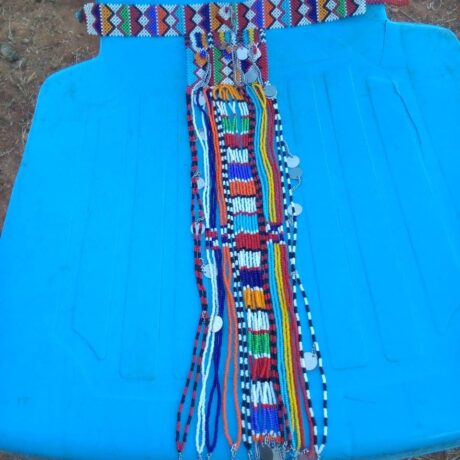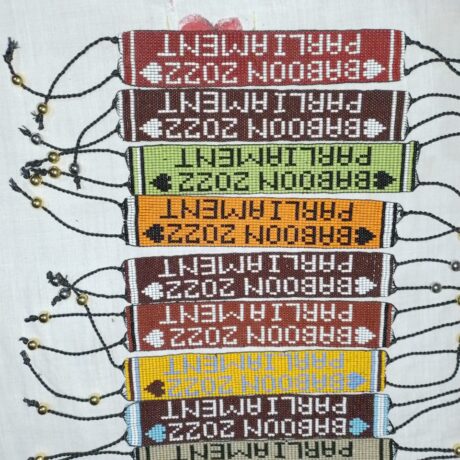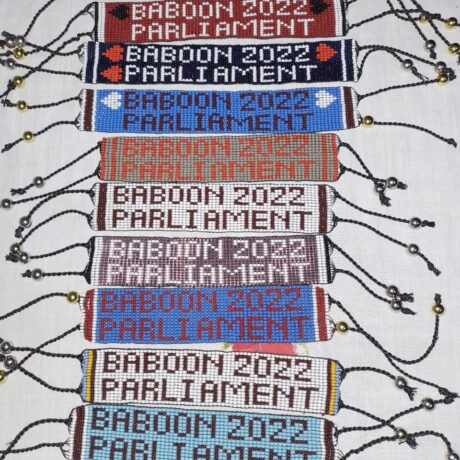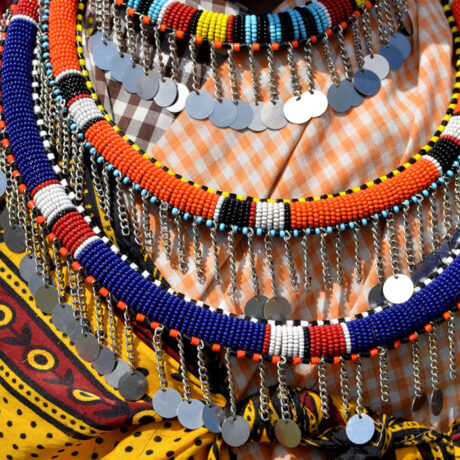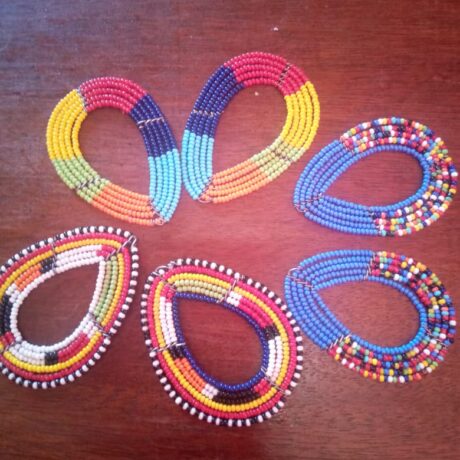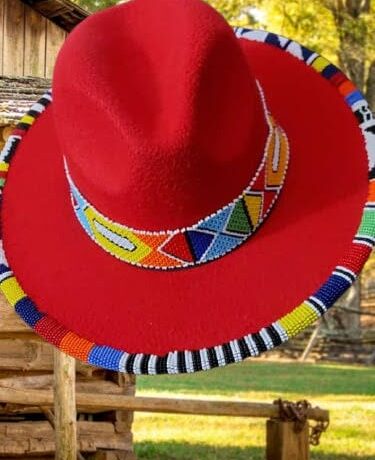Cultural Value Addition
- Ewuaso-Suswa Conservancy
- Our Services
- Cultural Value Addition
The Ewuaso-Suswa Wildlife Conservancy is launching a Cultural Value Addition Project aimed at preserving and promoting the rich cultural heritage of the local communities while integrating these traditions into the broader conservation efforts. This project seeks to enhance the cultural identity of the region, support sustainable livelihoods, and foster a deep connection between cultural heritage and wildlife conservation.
Our Objectives
Key Components
Cultural Documentation and Preservation:
- Conduct ethnographic studies to record traditional knowledge, folklore, music, dances, and languages.
- Establish a cultural center or museum to display artifacts, host cultural events, and serve as a repository for cultural heritage.
Cultural Tourism Development:
- Design cultural tours that include visits to local villages, traditional ceremonies, and artisan workshops.
- Train local guides to lead cultural tours, providing them with skills in hospitality and storytelling.
Integration of Culture and Conservation:
- Develop educational programs that highlight the traditional ecological knowledge and sustainable practices of the local communities.
- Collaborate with local leaders to incorporate cultural rituals and traditions into conservation activities, such as tree planting ceremonies.
Support for Local Artisans:
- Create marketplaces and online platforms for artisans to sell their crafts, such as beadwork, textiles, and carvings.
- Provide training in business skills, product development, and marketing to help artisans expand their reach.
Educational and Outreach Programs:
- Develop educational materials and workshops for schools and community groups that emphasize the importance of cultural heritage.
- Host cultural festivals and events that celebrate the traditions of the local communities and raise awareness about conservation.
Expected Outcomes
- Preserved Cultural Identity: The documentation and promotion of cultural heritage will ensure that traditional practices and knowledge are preserved for future generations.
- Enhanced Economic Opportunities: Cultural tourism and support for local artisans will create sustainable income sources for the local communities.
- Strengthened Community Involvement: By integrating cultural practices into conservation efforts, the project will foster a sense of pride and ownership among local communities.
- Increased Awareness and Appreciation: Educational outreach will enhance the understanding and appreciation of the region’s cultural and natural heritage among both locals and visitors.
- Sustainable Conservation Practices: The integration of traditional ecological knowledge into conservation strategies will contribute to more sustainable and culturally appropriate environmental management.
The Cultural Value Addition Project at Ewuaso-Suswa Wildlife Conservancy aims to celebrate and preserve the rich cultural heritage of the region while supporting sustainable development and conservation efforts. By promoting cultural tourism, supporting local artisans, and integrating cultural practices into environmental stewardship, the project will enhance the cultural and economic vitality of the local communities. This initiative underscores the interconnectedness of cultural heritage and biodiversity, demonstrating that the preservation of one contributes to the flourishing of the other.



